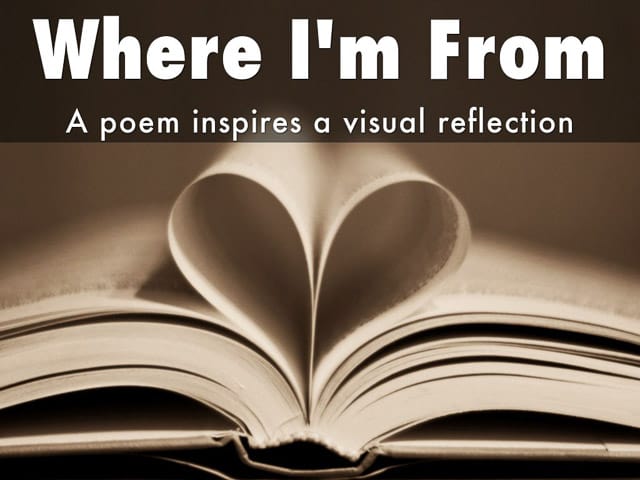Every student will design a lesson that demonstrates effective integration of technology with instructional goals. Posts on your lesson are due by class time on the dates below. Those students who do not present that week are responsible for detailed feedback on two lessons. Example: you present in Group 2: April 22nd and will give feedback to two students from Group 1: April 15th.
Group 1: April 15th
1. Chloe Mar
2. Anna Wanner
3. Clare Nelson
4. Nicole Baer
5. Emma Cromwell
6. Liz Frick
Group 2: April 22nd
1. Lex Henderson
2. Kali Tagomori-Lai
3. Jessica Wehber
4. Allie Haakenson
5. Ellie Cordova
6. Braelyn Higdon
7. Josie Matz
- Students should incorporate one or more digital tools that demonstrate how to effectively integrate technology into a learning experience.
- You can use a tool we have worked with or another edtech tool you like.
- Students should create new content (not reuse an old post).
- Your goal is good alignment between the technology and the learning experience.
- The audience for your lesson could be your typical students or it could be designed as an “adult PD” as if delivered to peers.
Students should prepare a blog post (due on your due date) that explains your instructional goals and how they are supported / enhanced by the technology. Be sure your post includes:
- target audience
- lesson content
- instructional goal (what do you want students to know or be able to do)
- an explanation of how the technology you used supports instructional goa
Examples of final projects
Begin with your instructional goal – then think about a good tech tool to achieve it
Goal: provide resources for students while out of school
Tool: create a Google site that delivers content
Goal: to better target instruction
Tool: Use a series of Google forms a pre-assessments
Goal: students work in team to map the community
Tool: MyMaps for students to collect and share content
Goal: Showcase student work with parents
Tool: Have students collect best three pieces and create a Adobe Spark Page


